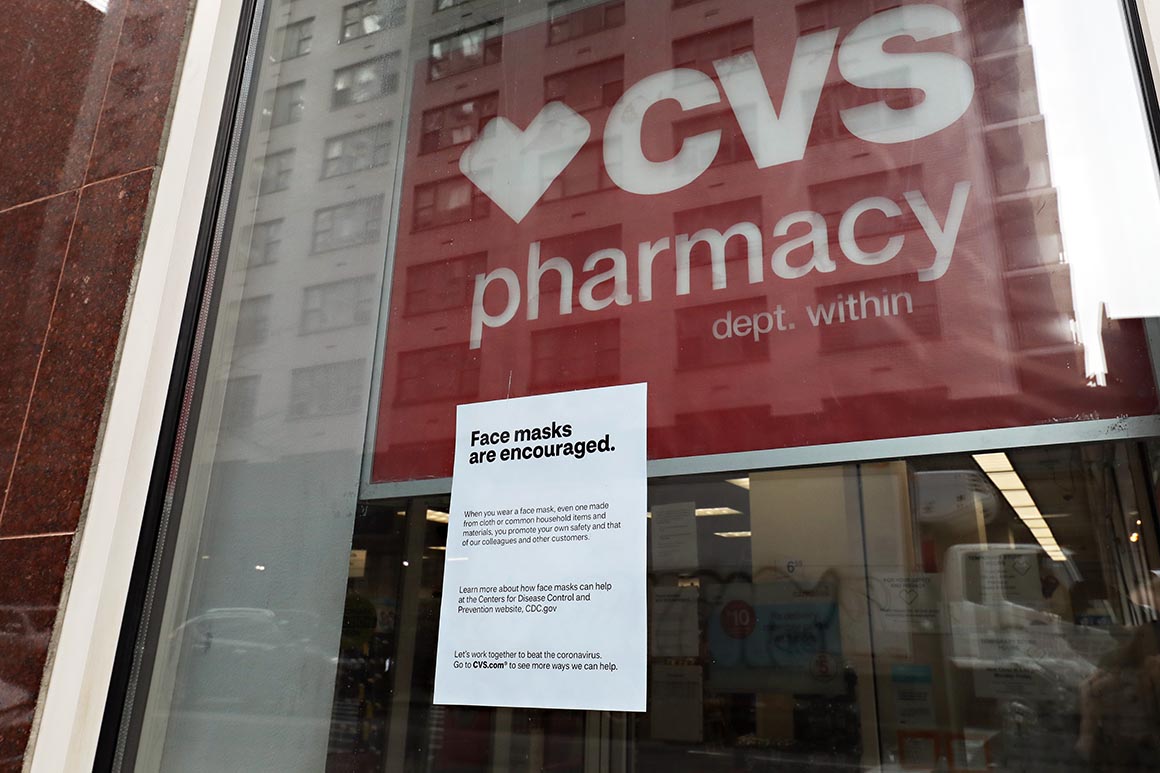
Walmart plans to have 100 testing sites that can do 20,000 tests per week up and running by the end of May. The company says it plans to focus on underserved areas of the country and coronavirus hot spots. And Kroger anticipates having 50 sites running that can perform 100,000 tests by the end of May.
An HHS spokesperson said the private-public partnership with retail pharmacy chains will expand access to self-administered coronavirus tests.
“These sites will provide Americans with faster, less invasive and more convenient testing, protect healthcare personnel by eliminating direct-contact with symptomatic individuals and expand rapidly to areas that are under-tested and socially vulnerable,” the spokesperson said.
The surveillance plan outlined in the blueprint relies in large part on three illness tracking systems that can tip off policymakers about an emerging coronavirus hot spot: the flu-tracking surveillance network, the CDC’s national system that tracks emergency department patients’ symptoms and electronic reporting from labs and doctors.
Those systems aren’t foolproof, however. They rely on proactive reporting from doctors, emergency rooms, large events and schools, said Doug Fridsma, the former chief scientist at the Office of the National Coordinator for Health IT.
That means the data tends to lag an actual outbreak, and may not be a strong „early warning signal when people are not going to the ER, large events, schools or seeing their health care providers,“ he said.
Fridsma wants to see officials monitor leading indicators, like apps feeding self-reported symptoms or social media, „rather than waiting until people engage with the health care system. By then, it’s too late.“
These systems may also lack critical data, noted Arien Malec, an executive with health IT firm Change Healthcare. For example, electronic case reporting data lacks addresses and other personal information needed for contact tracing.
Nancy Cook contributed to this report.
Source: politico.com
See more here: news365.stream






